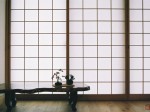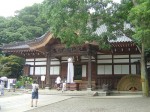- Home
- Architecture
- Fusuma | Sliding doors that are a work of art and a way of life
Fusuma | Sliding doors that are a work of art and a way of life
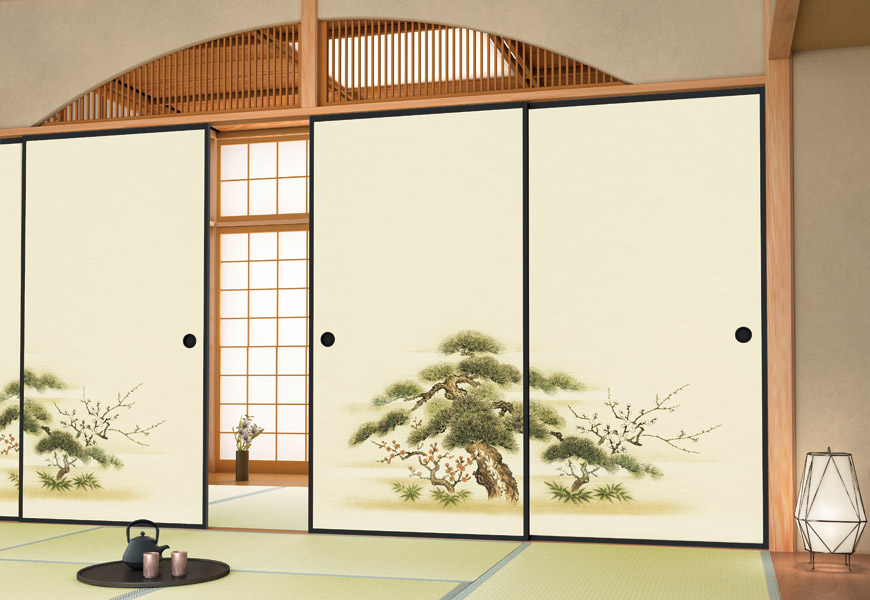
Fusuma is home decor very much indispensable in a Japanese home.
Fusuma can be used as a wall to partition space, but can be removed or left open/closed when a change in floor plan is desired.
Fusuma also plays a big role in Art.
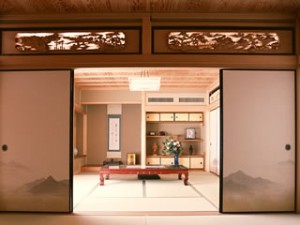
The main function of fusuma is to partition off rooms.
Originally, Fusuma was invented to partition off the main room into smaller rooms.
It then became standardized in architecture.
In contrast to a wall, a fusuma can be removed allowing for a change in room size.
Flexible space and layout is a unique characteristic of a Japanese home.
Fusuma is multi-functional as the material is able to absorb smog and noxious elements, as well as control the humidity of the room by retaining moisture.
In many houses of Japan, Fusuma is used to create closets.
When it is humid, Fusuma absorbs moisture and releases it when dry.
They buffer the cold weather and create a climate-controlled closet.
These are the reasons Fusuma has been loved a long time in Japan.
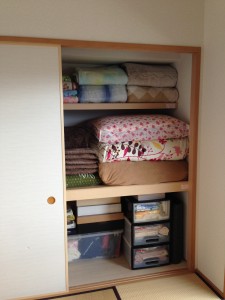
Apart from partitioning rooms, fusumas are used as interior decor to create the atmosphere of the Japanese-style room.
In Momoyama era, Fusumas in temples and castles were adorned in valuable washi (Japanese paper) or used as a canvas. Many of these remain as works of art today.
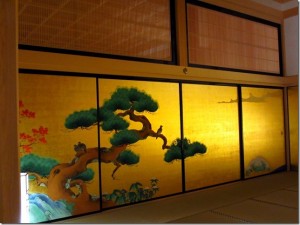
The one thing fusuma is not great for is privacy between rooms.
But this is probably the reason why Japanese place high value on thoughtfulness and concern/respect for others.
Children tacitly know to keep quiet if the resident beyond the fusuma is sick. The Japanese have been able to show consideration for neighbors without being explicitly told.
A good characteristic of the Japanese home is that you can always feel the presence of family members even if you cannot see them.
Fusuma may have played an integral part in developing Japan’s social awareness.
Photo by ルノン株式会社、内装佐藤、シンプルお片づけ、ええねぇ~♪







